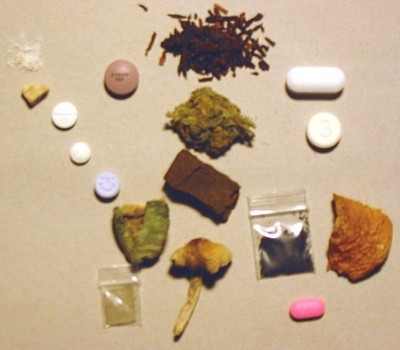Drug developers turn to recreational users for addiction expertise

Scientists testing the abuse potential for novel medicines say they run trials on recreational drug users because they are “the experts” on addictive substances.
Beatrice Setnik, VP of Clinical Pharmacology, INC Research and Pierre Geoffroy, VP of INC’s Early Phase Unit, told Outsourcing-Pharma.com they run clinical abuse liability trials on “healthy recreational drug users with a past history of healthy drug abuse.”
The studies help drug developers gauge the chances a medicine designed to act on the central nervous system (CNS) will be used illicitly, so they can work with regulators to restrict public access, and to change formulations to limit abuse potential.
Phase I double-blind random crossover studies at INC’s Toronto centre dispense single doses of either the investigative drug, a placebo, or an active comparator to “20 to 40 or more” subjects, she said. “For instance if we’re testing a new opioid active compound for pain, the active comparator would be oxycodone or morphine.”
The aim, she said, was to test whether the newer drug proved more or less addictive than alternatives already on the market.
‘What is attractive to drug users?’
Abuse potential can be quantified, said Geoffroy, with “drug-liking” among patients being the main factor. “But there is a whole gamut of secondary end-points, such as street value. The closer the drug resembles the active control, the higher the abuse potential.”
Dr Setnik told us researchers ask subjects questions at intervals after administering the drug. “You look at pharmacodynamic effects; things relevant to the drug user – how much do they like it? Do they feel high? Would they be willing to take it again? How much would they be willing to pay for it?”
The questions came down to the issue of “what is attractive to drug users?” she said.
Videogames with your Vicodin?
The demographic of volunteers tends towards young people, INC’s researchers told us, with a usual minimum age of 18 years and a median in the late 20s. Some studies are limited to the under-55s. Depending on the drug’s half-life, volunteers remain at the clinic for around 24 hours.
When we asked whether containing dozens of potentially intoxicated subjects was a challenge, Geoffroy told us for the first six to eight hours, volunteers are busy with tests. “They’ll be in the testing centre, doing psychometric testing, blood testing and physiological monitoring, we’ll be looking at the diameter of their pupils.
“After that they have a lot of free time. We have several lounge areas with everything they might want to do apart from smoke, drink and have visitors. There’s every imaginable video game. Modern media equipment has made entertaining subjects such as this easy.”
Drug users: the other ‘experts’
Geoffrey said there were two reasons for sourcing recreational drug users in the trial population. Firstly, it would be “unethical to give drugs to people who don’t already use drugs,” because it would expose them to the possibility of addiction for the first time.
“Secondly,” he continued, the centre picked recreational users because “they have to have experience with using drugs to be able to discern that ‘high’ feeling versus something else.
“The psychometric testing and questions are centred around those feelings associated with being high. They are in our eyes experts – expert witnesses.”










